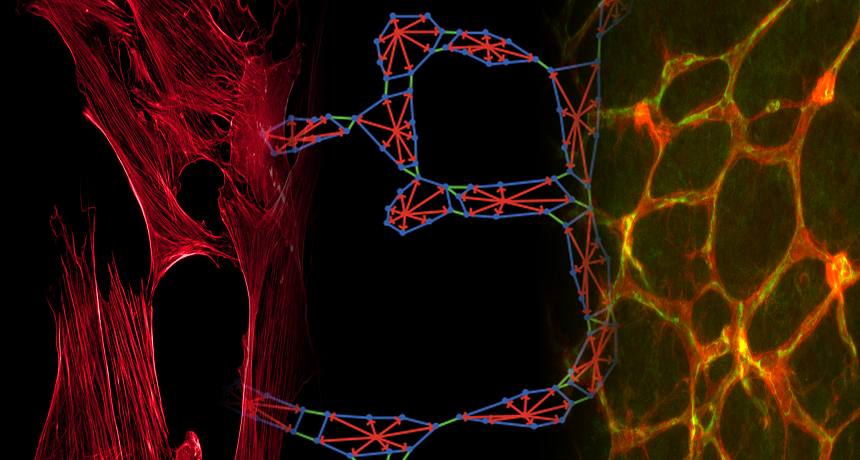Questions for Virtual Wounds: Computers probe healing

When the body needs to deliver immune cells to an injury, new blood vessels form. Here, an agent-based model imitates that. It shows what happens when mouse eye tissue (on left) gets blood vessels from developing eye tissue (on right).
Joseph Walpole, University of Virginia